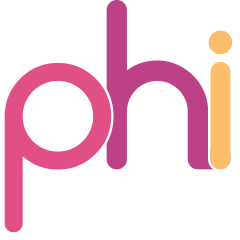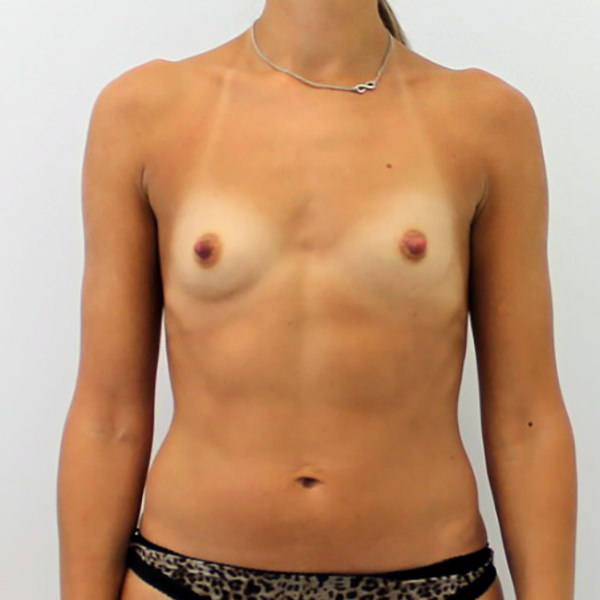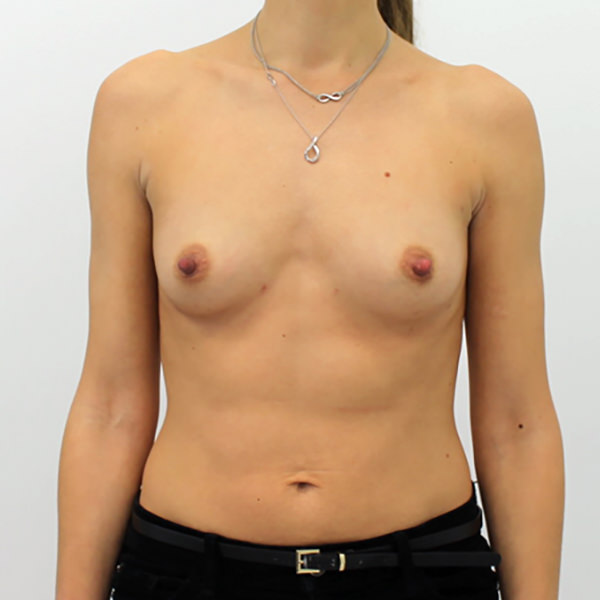Breast fat grafting (lipofilling) removes fat from one area of your body and then reinjects it into your breasts. This surgery is an excellent alternative for patients who do not want to use breast implants to increase the size or enhance the shape of their breasts.
Whether you have lost volume in the breasts after having children, are seeing deflation due to aging, or never loved your breast size, breast fat grafting can offer you a very natural breast enhancement. Additionally, it can help shape and contour other areas of the body, such as the abdomen, back, flanks, and thighs, improving body proportions and defining your curves.

 PLASTIC
PLASTIC



